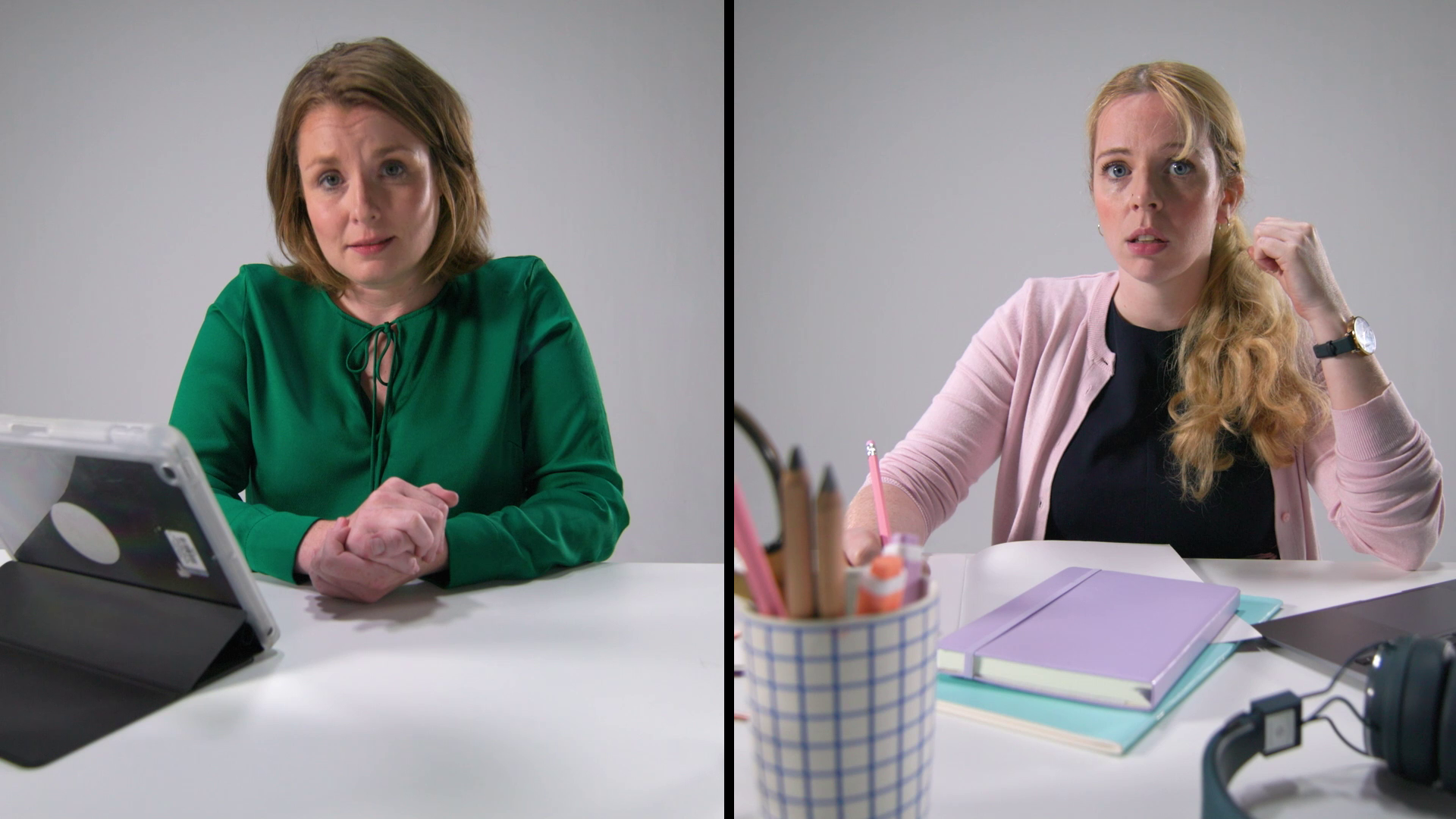It’s clear to see that learner’s expectations have and continue to evolve, with no let-up in sight. This poses both significant challenges but also exciting opportunities for L&D departments to change “the way we do it” and create an environment where learning is at its core and provide a competitive advantage over the competition.
Today’s learner
For the learners of today, career development is an expectation as opposed to a small company perk on a job description. Recent research from LinkedIn’s 2018 Workforce Learning Reports revealed that “93% of employees would stay longer if it invested in their careers” (Forbes, 2018). Gone are the days where flashy and expensive programmes were reserved solely for developing the upper echelons and top performers. Learners want to feel valued and invested in from day one.
Millennials are also well renowned job hoppers with “43 per cent of millennials planning to leave their current jobs within 2 years” (Independent, 2018). The lack of opportunities for development being a main factor in learners feeling disengaged and keeping an eye on the market for alternative employment opportunities, coming at a huge cost for their current employer.
Business Strategy
All of this information might sound daunting, granted, but it’s not all doom and gloom. Some organisations have embraced the change, focussing more effort and resources on human capital, creating a more rounded and flexible learning environment, to meet and at times exceed the expectations of today’s information hungry minds.
Businesses have shifted their focus, placing more focus on employee wellbeing, with employee learning being at the heart of this as a means to retain and development talent within the orgnaisation. L&D and HR directors now sit at the top table in organisations when it comes to corporate strategies and decision-making, however they are under increased pressure to do more with less as budgets continue to shrink. With the national UK average of around £300 per head, down from £1,068 in 2015 (Bersin by Deloitte, 2016), learning departments are tasked with finding the means of engaging learners with ever-increasing expectations, with ever shrinking resources.
Solutions
With the modern learners increasing appetite to absorb information at the point of need and the expectation of continuous development from their employers, learning strategies have moved towards a more blended approach. Offering a more bite sized, on demand and cost effective solution for soft skills development combined with an increasing use of technology, such as learning experience platforms as method of delivery, has proved an effective way for learning & development teams to offer learners an ongoing development plan focussing on not just job specific skills, but on wider areas of interest such as wellbeing and unconscious bias & diversity, ultimately creating a more effective learning culture.



